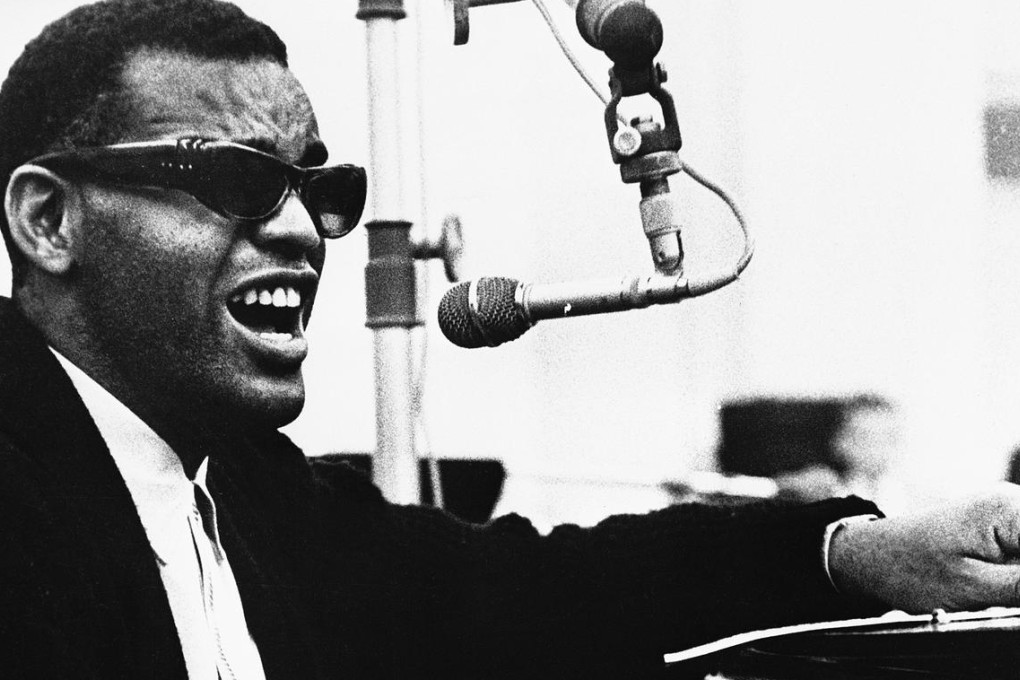Genius + Soul = Jazz - remembering Ray Charles, revolutionary
The description "genius" fits Ray Charles better than most. This album ncludes two vocals that are among the finest of his recorded blues performances.


Ray Charles
Impulse!
Ray Charles didn't call himself a genius, but his record companies liked to. Not counting a number of compilations, at least six of his album titles included the word, starting with The Genius of Ray Charles in 1959 and ending with 2002's Genius Loves Company.
The music industry regards as a "genius" any artist, songwriter or producer who has knocked out more than three consecutive hits. The description fits Charles much better than most. Blind from the age of seven, as a child he learned to play classical piano from Braille musical notation, but was drawn more to jazz and blues.
He developed a piano and vocal style that initially reflected the influence of Nat "King" Cole, but with a huge 1955 hit, I Got a Woman, found a combination of gospel and blues that evolved into what was eventually called soul.
Sixty years on, it is difficult to imagine how revolutionary that mingling of black American sacred and secular music seemed at the time. For a black artist to play country music - traditionally an all-white preserve - was scarcely less radical. To Charles, it was all just music, and he brought a uniquely soulful quality to every genre he adopted - including jazz.
As well as his instantly identifiable style as an interpretative singer, which defined his versions of Georgia on My Mind, Unchain My Heart and I Can't Stop Loving You - to mention just three early hits - Charles was a highly accomplished pianist and organist.